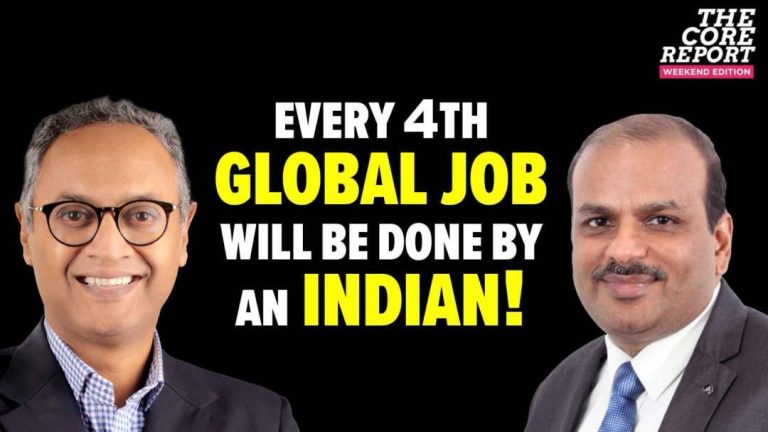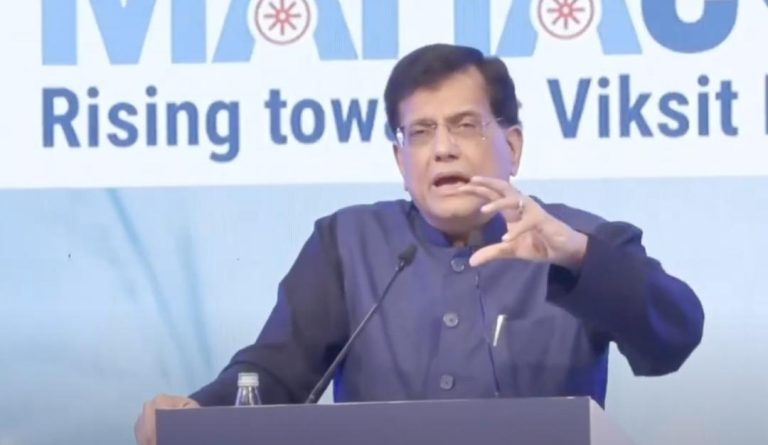
Meta to Launch 50,000 km Subsea Cable for Global Connectivity
In a significant move to further accelerate global connectivity, Meta has announced the launch of Project Waterworth, a 50,000 km subsea cable that will connect the United States, India, South Africa, and Brazil. This ambitious project is aimed at supporting the growing demands of artificial intelligence (AI) and digital infrastructure, and marks a significant milestone in Meta’s efforts to control the global connectivity routes.
Unlike previous collaborations, this will be Meta’s first fully owned subsea cable, positioning it alongside Google as a major player in the global connectivity landscape. The high-capacity 24-fibre-pair system will enable faster and more reliable data transfer between these four key regions, with the potential to drive economic growth, innovation, and digital transformation.
The need for robust global connectivity has never been more pressing. With the rapid growth of data-intensive applications such as cloud computing, online gaming, and social media, the demand for high-speed and low-latency connectivity is skyrocketing. The current infrastructure is struggling to keep pace with this demand, leading to increased latency, congestion, and outages.
Meta’s Project Waterworth aims to address these challenges by providing a high-capacity, low-latency subsea cable that will enable faster data transfer between the US, India, South Africa, and Brazil. The cable will have a total capacity of 144 Tbps, making it one of the largest and most advanced subsea cables in the world.
The project’s scope is ambitious, with the cable stretching over 50,000 km, making it one of the longest subsea cables ever constructed. The cable will be laid across the Atlantic, Indian, and South Atlantic oceans, connecting the four key regions and providing a critical link for international data transfer.
The benefits of Project Waterworth are multifaceted. Firstly, it will enable faster and more reliable data transfer between the US, India, South Africa, and Brazil, supporting the growth of data-intensive applications and driving economic growth. Secondly, it will provide a critical link for international data transfer, reducing latency and congestion, and improving the overall user experience.
Thirdly, the project will support the growth of AI and digital infrastructure, enabling faster data transfer and processing, and supporting the development of new technologies and applications. Finally, the project will provide a secure and reliable link for critical infrastructure, such as financial services, healthcare, and government institutions.
The launch of Project Waterworth is a significant milestone for Meta, marking its entry into the global connectivity landscape as a major player. This move is a testament to Meta’s commitment to innovation and its willingness to invest in the infrastructure that underpins the digital economy.
The project is expected to be completed by 2024, with the cable being laid and tested over the next two years. Once complete, it will be one of the most advanced and reliable subsea cables in the world, providing a critical link for international data transfer and driving economic growth and innovation.
In conclusion, Meta’s Project Waterworth is a significant milestone in the development of global connectivity, marking a major investment in the infrastructure that underpins the digital economy. The project’s high-capacity, low-latency subsea cable will enable faster and more reliable data transfer between the US, India, South Africa, and Brazil, supporting the growth of AI and digital infrastructure, and driving economic growth and innovation.






